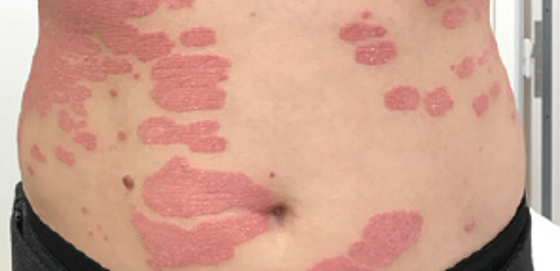Despite the pandemic, the American College of Cardiology’s annual meeting, while not on-site in Chicago, still scored virtually. Numerous new findings with regard to both intervention strategies and pharmacological therapies have been comprehensively presented. A brief overview…
Especially in women, the INOCA phenomenon is common. This is “non-obstructive CAD”, i.e. angina with marked myocardial ischemia but no coronary stenoses. In a large multinational study, a total of 208 patients were studied over one year and compared with 865 CHD patients. The temporal variations of angina symptoms and ischemia in the stress test were found to be much greater in INOCA sufferers than in CHD patients. In addition, the changes in stress test scores and symptomatology observed within one year were unrelated in the INOCA patients. This finding puts into perspective the common view that the extent of myocardial ischemia is a major determinant of pectanginal symptoms.
Improve prognosis in mitral regurgitation
Interesting findings came from a recent analysis of a study that investigated the prognostic benefit of interventional transcatheter mitral valve repair (TMVR) with the MitraClip system in patients with heart failure and moderate-to-severe secondary mitral regurgitation. At that time, it was shown that both the rate for hospitalizations for heart failure (35.8% vs. 67.9%) and the overall mortality rate (29.1% vs. 46.1%) were significantly reduced within two years compared with standard therapy. Now we analyzed whether there is a relationship between early changes in patients’ health status to clinical events occurring later in the course. The Kansas City Cardiomyopathy Questionnaire (KCCQ) was used as an instrument to measure subjective health status. It was observed that each 10-point increase in KCCQ total score was associated with a 14% lower risk of death and hospitalization for heart failure, regardless of whether patients had received additional interventional treatment or only conservative treatment.
Heart attack patients benefit from music
Listening to music does you good – that’s not new. An unusual study has now confirmed that 30 minutes of music a day can help heart attack patients in particular. Patients with postinfarction angina and chest pain had significantly less anxiety and pain. 350 infarct patients were randomized into two groups. One half received standard therapy, the other half regular music therapy in addition to standard treatment. Standard therapy usually consisted of drugs such as nitrates, ASA, anticoagulants, beta-blockers, statins, calcium channel blockers, antihypertensives, and the antianginal agent ranolazine. It was also tested to which tempo and tonality of music the individual patient responded best. After seven years, music therapy plus standard treatment was shown to be more effective at reducing anxiety and pain than standard therapy alone. On average, the music group had one-third less anxiety and reported one-fourth fewer angina symptoms than the control group. Rates of heart disease were significantly reduced in the music group: by 18% for heart failure, by 23% for another heart attack, by 20% for coronary bypass surgery, and by 16% for sudden cardiac death.
TAVI better than aortic valve replacement
Already one year ago, a clear superiority of catheter-based TAVI treatment compared to surgical aortic valve implantation in patients with severe aortic stenosis and low surgical risk was demonstrated by study results. Now the results have been presented after two years. The advantage remained, but was no longer as great. The incidence rate for the primary study end point (death, stroke, or cardiovascular-related rehospitalization) was 48% lower in relative terms and 7.1 percentage points lower in absolute terms in the TAVI group than in the valve surgery group at 1 year. At two years, it was 37% lower in relative terms and 5.9 percentage points lower in absolute terms for the primary endpoint, now 11.5% vs.17.4% after TAVI than after surgical aortic valve replacement. This can be explained by the relatively greater increase in deaths and strokes in the second year in the TAVI group, according to the study investigators. However, a more detailed analysis is still required to determine whether this is due to serious reasons or merely coincidence.
Source: ACC Annual Meeting 2020
CARDIOVASC 2020; 19(2): 32 (published 9/7/20, ahead of print).











